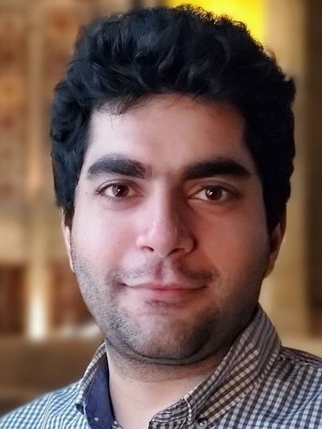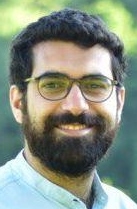The October 16, 2020 UT-ITE seminar featured two University of Toronto PhD students working under the supervision of UTTRI associated faculty Professor Khandker Nurul Habib on “Assessing the Impact of COVID-19 on Travel Behaviour and Demand in the GTHA.”

First, Saeed Shakib presented “The Impact of COVID-19 on Residential Relocation Decisions in the Greater Toronto Area.”
Travel demand modelling comes from understanding travel decision behaviour which has a hierarchy of short-term, mid-term, and long-term decisions affecting lifestyle. During COVID-19, researchers have seen unprecedented behaviour patterns, raising questions about how this experience is changing our behaviour.
Shakib focused on the impact of COVID-19 on travel demand by looking at short-term and long-term decision making for household residential location choice behaviour. Previous studies detail the concept of life events which drastically impact long-term behaviours; people generally relocate because of a life event. Shakib’s research goal was to establish whether people see COVID-19 as a life event that changes their short-term and long-term behaviour, or as a short-term economic shock that will subside over time.
Drawing from the GTA population in early to late July, Shakib’s study used a stated preference (SP) approach where the study asked what they would do. The study issued a residential relocation survey which asked respondents about their current situation, for example, if they are telecommuting, and what they would do in the future under scenarios such as if a vaccine is never found.
The findings revealed that after their pandemic experience, many households no longer considered proximity to some locations as important – namely, the gym, entertainment locations, restaurants, and workplaces. The number of people who never tried online shopping generally decreased; those who never tried online groceries dropped from 56% to 42%. In looking at people likely to relocate, people in detached houses were less likely to move, while residents in townhouse and high-rise apartments were more likely to move. Shakib used panel mixed multinomial logit to model relocation behaviour, and saw no trends in relocating – either for people deciding to change location, or for people who were not looking to relocate.
Shakib summarizes that people prefer to remain in sub-optimal states temporarily, rather than make permanent long-term decisions. However, long-term decision making will be affected if there is no vaccine, with people adjusting to a new normal.
Saeed Shakib is a PhD student in Civil Engineering at University of Toronto under the supervision of Professor Khandker Nurul Habib. His research focuses on integrated land use and transportation models. He earned his Master’s and Bachelor’s degrees at the Sharif University of Technology.

Alireza Dianat next presented “Do we need to redesign our activity-based travel demand models after COVID-19?”
Dianat questions whether we need to redesign our activity-based travel demand models after COVID-19. Considering how daily routines are affected by lockdown, Dianat looks at new routines people created, liked, and kept.
The lockdown disrupted many old routines when workplaces, schools, and stores closed. Travel destinations and attractions were affected, making stay-at-home necessary and reducing traffic volume. However, needs still had to be met. Food, work, and business needs were mapped using activity-based modelling.
In activity-based modelling, activities are the main goal of travel; travel is a consequence of the activity. Daily activity plans are created using primary activities like work and study as the foundation, then filling in the rest with out-of-home and in-home activities. COVID-19 has changed daily schedules. Telecommuting has freed time originally set aside for travel. The prevalence of internet and communication technology has substituted, complemented, and modified activities, both out-of-home and in-home.
Dianat investigated several activities such as preparing and eating meals, visiting family and friends, grocery shopping, and teleworking. During lockdown, people preparing food at home increased, but shortly after lockdown, many people preferred eating from restaurants. Meanwhile, routines people appeared to keep during and shortly after lockdown included meeting family online, online groceries, online shopping, and full-time work from home.
Dianat concludes that during COVID-19 lockdown, some out-of-home activities were altered by in-home activities. Some people continued new routines shortly after lockdown, but it is still difficult to say if people will continue these routines in the long-term.
Alireza Dianat is a PhD student in Civil Engineering at University of Toronto. He earned his MSc from the Sharif University of Technology in transportation planning. His research interest is travel demand modelling and he is currently working on activity-based models (activity-travel scheduling) for his PhD under the supervision of Professor Khandker Nurul Habib.
